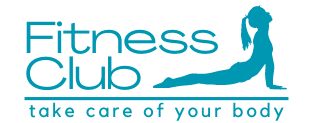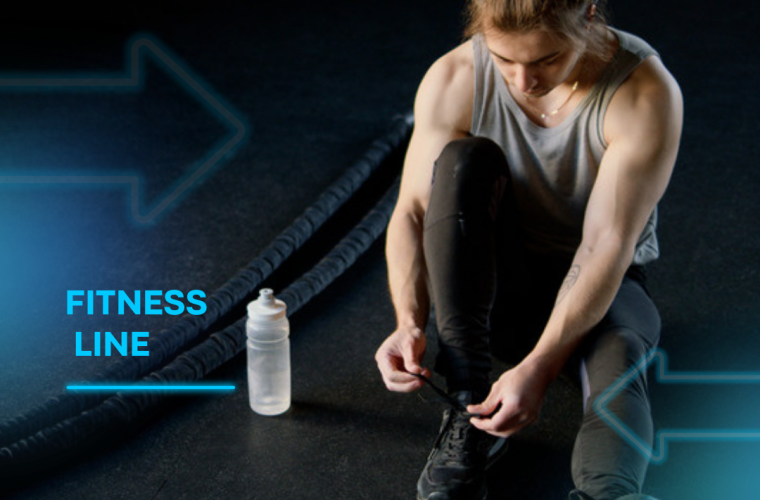In a fast-paced society where we must continuously balance A Complete Guide to Maintaining Your Body obligations to work, family, and friends, it’s easy to forget about our most valuable possession: our body. It’s important to feel fantastic, keep active, and have a high quality of life in order to maintain a healthy physique. We will examine the crucial elements of body upkeep in this complete manual so that you can reach optimum health and wellbeing. We have you covered for everything from sleep and stress reduction to exercise and nutrition!
View the table of contents.
1. Nutrition:
Providing Your Body with Fuel
The Foundation of Good Health: A Balanced Diet
Portion control is a crucial aspect of healthy eating.
Water, the Elixir of Life: Hydration
Macronutrients and Micronutrients: Their Function
Whole foods’ health benefits
2. Exercise to Stay Strong and Active
The Benefits of Consistent Exercise
Cardiovascular, strength, and flexibility exercises
Developing a Fitness Program That Is Right for You
Creating SMART fitness objectives
Maintaining Motivation and Overcoming Regression
3. Recharge Your Body:
Rest and Recovery
The Influence of Good Sleep
Creating a Sleep Schedule
Relaxation methods and stress reduction
How Rest Days Affect Exercise
The Relationship Between Physical and Mental Health
4. “Skincare and Hygiene:
Taking Care of Your External Shell”
Routines for Personal Hygiene
The Value of Personal Care
The Importance of Sunscreen in Preventing Skin Damage
Hair and nail health care
Dental Health: An Important Aspect of Your Overall Health
5. The Mind-Body Connection in Mental Health
The Effects of Stress and Anxiety on Physical Health
Stress management techniques
The Advantages of Mindfulness and Meditation
Getting Professional Assistance When Necessary
Enhancing Emotional Well-Being and Resilience
6. Early detection of problems through preventive health measures
Routine examinations and health screenings
Vaccinations and Immunizations
What to Expect and How to Prepare for Healthy Aging
Recognizing and managing risk factors
Being aware of your body
7. Creating Successful Habits:
The Way to Success
Creating sustainable and realistic goals
The Power of Repetition
Establishing a Comfortable Environment
Monitoring Progress and Honoring Successes
Adjusting to Changes in Life
Conclusion: You Are Responsible for Your Body
Fueling Your Body with Nutrition
The first step in keeping a healthy body is what we feed it. A healthy lifestyle starts with a balanced diet. But exactly what does that mean?
Dietary balance is the cornerstone of good health.
Several dietary groups, including fruits, vegetables, lean meats, whole grains, and healthy fats, are part of a balanced diet. These elements give your body the vital nutrients and energy it requires to function at its best.
Controlling portions is essential for a healthy diet.
It’s crucial to regulate portion sizes to keep your body in good shape. When eaten in excess, even nutritious meals can contribute to weight gain. It’s critical to comprehend optimal portion quantities.
Water is the essence of life, according to Hydration.
Even though it’s important for several biological processes, proper hydration is frequently disregarded. Digestion, controlling body temperature, and transporting nutrients all depend on water. Be sure to hydrate yourself with water throughout the day.
Macronutrients and Micronutrients: Their Roles
Energy is provided by macronutrients (carbohydrates, proteins, and fats), whereas vitamins and minerals are crucial for good health overall. You can achieve the proper ratio of both with a balanced diet.
The advantages of whole foods
In comparison to processed foods, whole foods like fresh fruits and vegetables, whole grains, and lean proteins provide better nourishment. They are an essential component of a healthy diet since they are high in fiber, vitamins, and minerals.
Exercise: Keeping Strong and Active
The second pillar of body upkeep is physical exercise. Along with many other health advantages, regular exercise aids in maintaining a healthy weight.
The Value of Consistent Physical Activity
Exercise builds bones and muscles, increases flexibility, and benefits cardiovascular health. In terms of mental health, it is essential for lowering stress, anxiety, and depression.
Cardiovascular, strength, and flexibility are the three main types of exercise.
Cardiovascular exercises like jogging or cycling, weight training to develop muscle, and flexibility drills like yoga to increase range of motion are all part of a well-rounded fitness program.
Choosing an Exercise Program That Is Right for You
The best fitness program is one you will stick with and like. Find activities that get you enthusiastic to move, whether it be dancing, swimming, or hiking.
Setting SMART fitness objectives
Setting SMART goals—specific, measurable, achievable, relevant, and time-bound—will help you succeed in your fitness journey. They offer motivation and direction.
Keeping Inspired and Overcoming Stalls
It might be difficult to stay motivated, but creating new objectives and asking for help from friends or fitness networks can keep you on track.
Our thorough approach to keeping your body in good shape doesn’t end here. In the future chapters, we’ll explore relaxation and recovery, skincare and cleanliness, mental health, preventive health measures, and the value of creating healthy habits. Stay tuned for more information on how maintaining a healthy body can help you achieve and maintain a fulfilled life.




